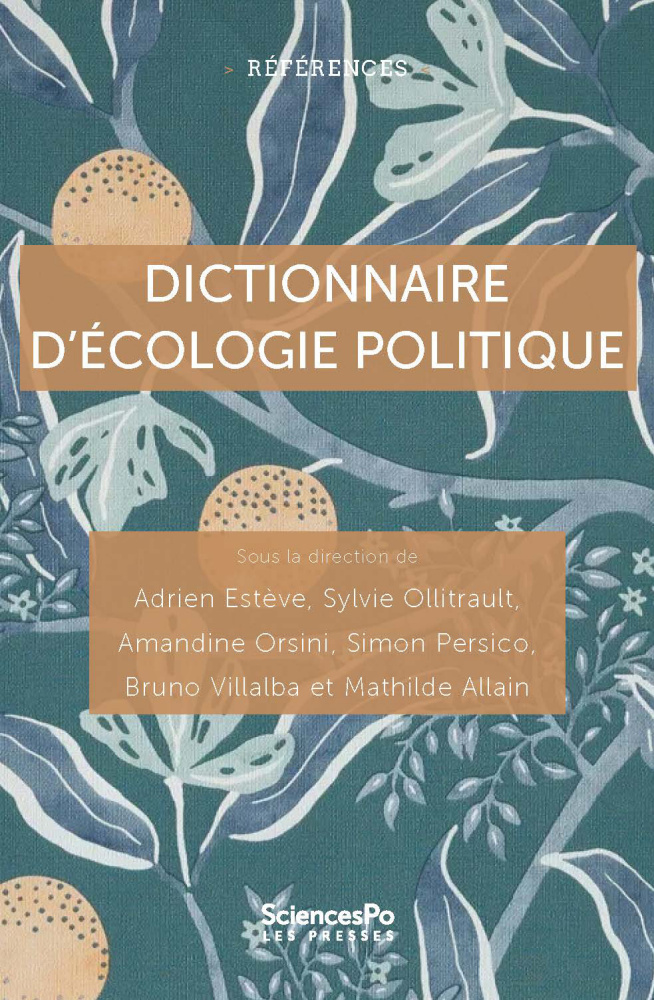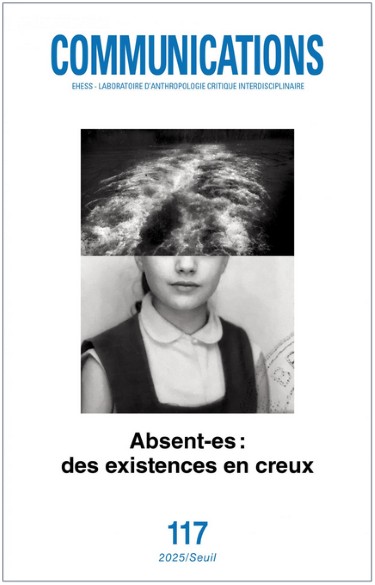Winner of the 2025 Valois Thesis Prize: congratulations to Anton Olive-Alvarez!

Le prix de thèse « Valois », Jeunes chercheuses et chercheurs est une aide à la publication. Cette aide récompense chaque année 3 thèses de doctorat pour leur qualité, leur originalité et leur apport essentiel aux politiques culturelles du ministère de la Culture.
Anton Olive-Alvarez figure parmi les lauréats de l’édition 2025 pour sa thèse « Entre le terrain et le musée : légitimation partielle du street-art et appropriation intermédiaire de l’espace », dirigée par Sylvie Mazzella (CNRS, MESOPOLHIS) et Gisèle Sapiro (CNRS/EHESS, CESSP) et soutenue le 18 novembre 2024 à Aix-en-Provence.
Une remise de prix est prévue le jeudi 27 novembre 2025 dans les salons du ministère de la Culture.
Toutes nos félicitations au lauréat !
Summary of the thesis:
This work examines the spectacular increase in legal street-art projects in French and European cities over the last decade. After a phase of gradual reversal of the social and artistic stigma associated with graffiti from the 2000s onwards, there has been an explosion of street-art festivals and routes promoted by municipalities since the second half of the 2010s. This study looks at a number of projects of this type in the cities of Paris, Marseille and Brussels. It is based on a broad qualitative component (interviews, immersion with the people in charge of the projects, direct observations in the places concerned), supplemented by quantitative processing (ACM, descriptive statistics). The general aim is to examine in detail the homology between the social, symbolic and morphological dimensions of urban space, in order to document empirically the processes leading to attempts to appropriate certain districts symbolically through art, and to compare them with their actual effects.
By looking back at the history of the autonomisation of a specific street-art practice, and reporting on the current state of the French street-art field, the thesis first sets out to identify a new phase in the legitimisation of this art form, characterised by its takeover by local public authorities as part of urban development policies. We show how coalitions of actors, described as 'developmentalists' in the sense of Clarence Stone, are being built around an instrumental conception of street art and its effects on the city. Although it is not the only way of creating street-art projects, this developmentalist form has acquired a hegemonic position in the production of murals, and tends to determine a dominant mode of street-art production in the urban space, marked by a strong sense of heteronomy.
The second part of the work then sets out to identify the aesthetic effects of this developmentalist hegemony, in the type of frescoes produced. By proposing a methodology for analysing the iconographic content of the works, we highlight the way in which an aesthetic uniformity is imposed, characterised by the constant search for formal consensus, which can be seen as the aesthetic transcription of the imperative of consensus that presides over the development of these projects. This developmentalist iconography is gradually being imposed and extended to a growing number of different urban landscapes, to the point where it seems to be invested by the players concerned with an intrinsic propensity to bring about urban transformation.
La dernière partie de la thèse tente alors de poser empiriquement la question de ce pouvoir transformateur des fresques de street-art. L’imposition dans l’espace de formes esthétiques investies d’un pouvoir symbolique de développement urbain conduit-elle nécessairement à un renouvellement effectif de la population des lieux concernés, et dès lors à des logiques de gentrification ? En s’appuyant notamment sur des méthodes issues de la sociologie de la réception, on propose ici d’objectiver le caractère plus ou moins marquant du street-art dans la ville en partant des usages concrets de l’espace urbain engagés par les (multiples) pratiques de visites liées au street-art. Puis on mobilise un cas particulier d’institutionnalisation d’un projet de street-art vandale dans la périphérie parisienne pour interroger l’évolution des usages urbains associés à ce processus. On conclut plutôt qu’à un inévitable phénomène de gentrification, à la structuration et au développement d’appropriations intermédiaires de l’espace urbain.
Share on
Read also


